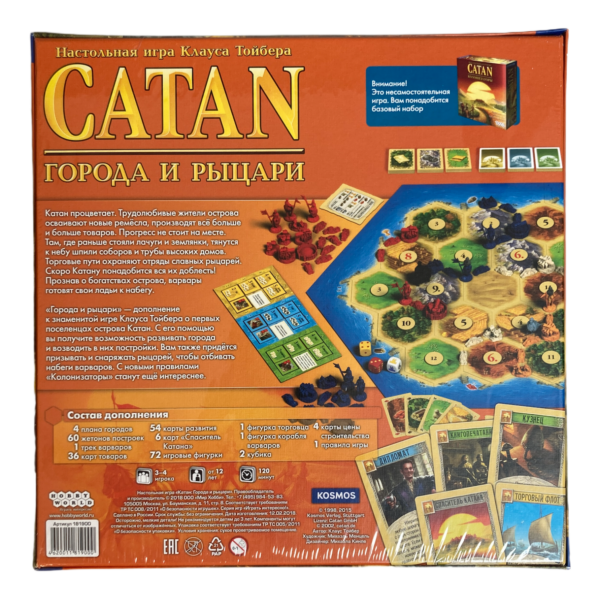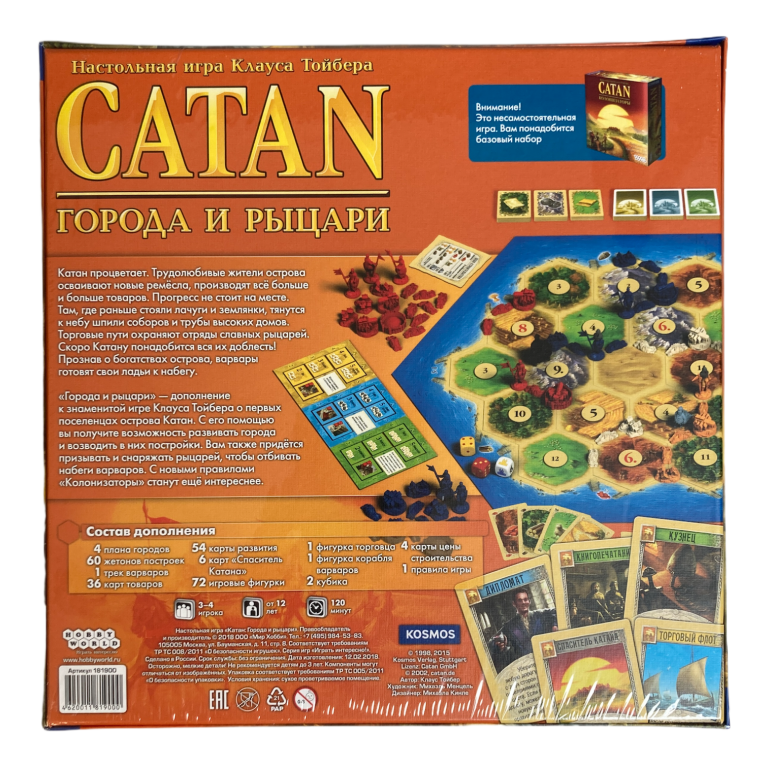

Current scores are indicated by color-coded markers on the eastern side of the playing board. The object of the game is to amass 12 victory points. Moving the robber is referred to as "cleansing the plague" from a particular land tile, and it has the same effect as in Settlers of Catan. In Settlers of Canaan, the "robber" is called the "plague". Trading ports are scattered along the western coastline, which borders the Great Sea, as well as around the shoreline of the Sea of Galilee, which is surrounded by land tiles.

Also, one land tile, called the "copper hex" (equivalent to the "gold hex" in some expansions to Settlers of Catan), allows bordering players to select which resource(s) it produces. Like with many Catan variants, both the hexagonal land tiles and the numerical disks are printed directly on the board. The most striking difference in the Settlers of Canaan is its fixed playing board. The game progresses very similarly to the Catan: as players expand their settlements throughout the land, they trade resources and make strategic choices to outmaneuver their opponents. Players play the roles of various tribes of Israel which settled in this geographical region.

Settlers of Canaan takes place in the ancient land of Canaan, which roughly corresponds to the northern half of present-day Israel. It was published in 2002 by Cactus Game Design, based in North Carolina. Settlers of Canaan is a licensed adaptation of Catan that incorporates Hebrew Bible themes into its multiplayer board game play.


 0 kommentar(er)
0 kommentar(er)
